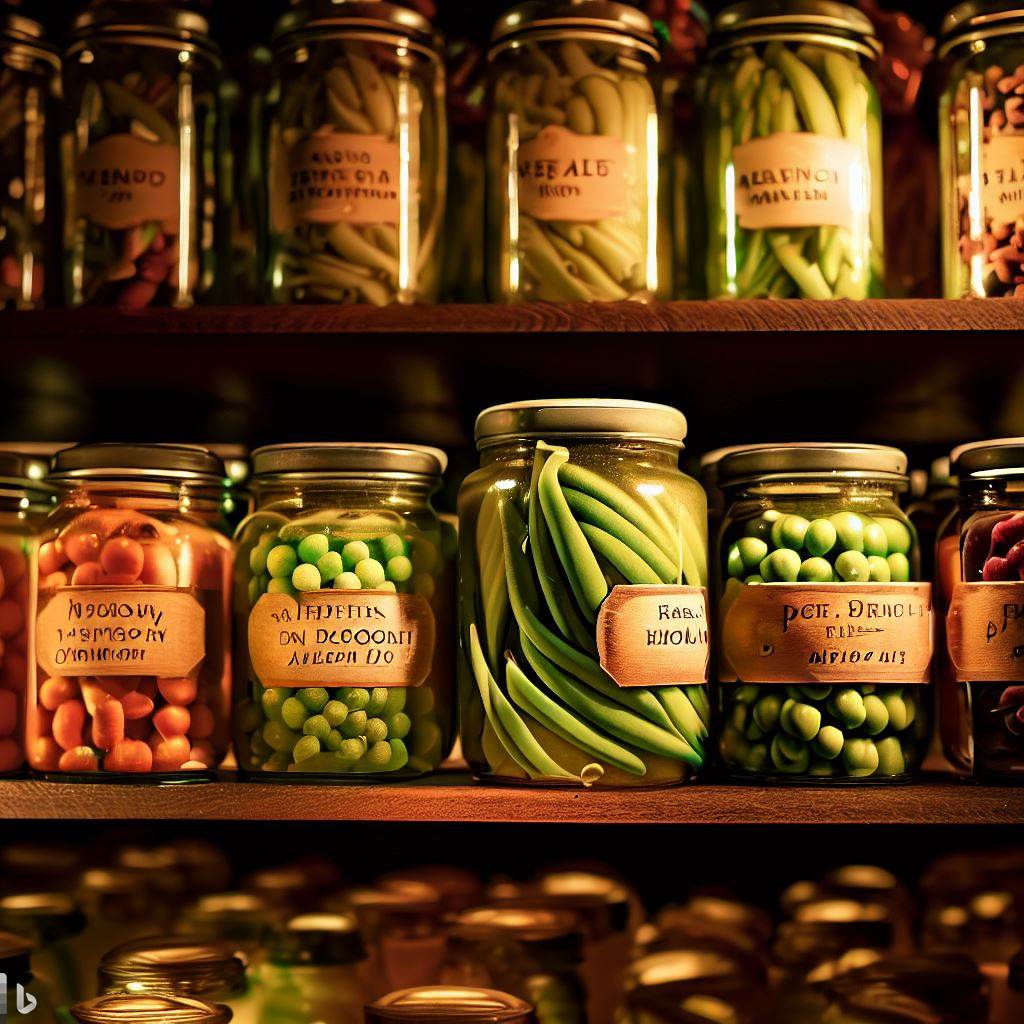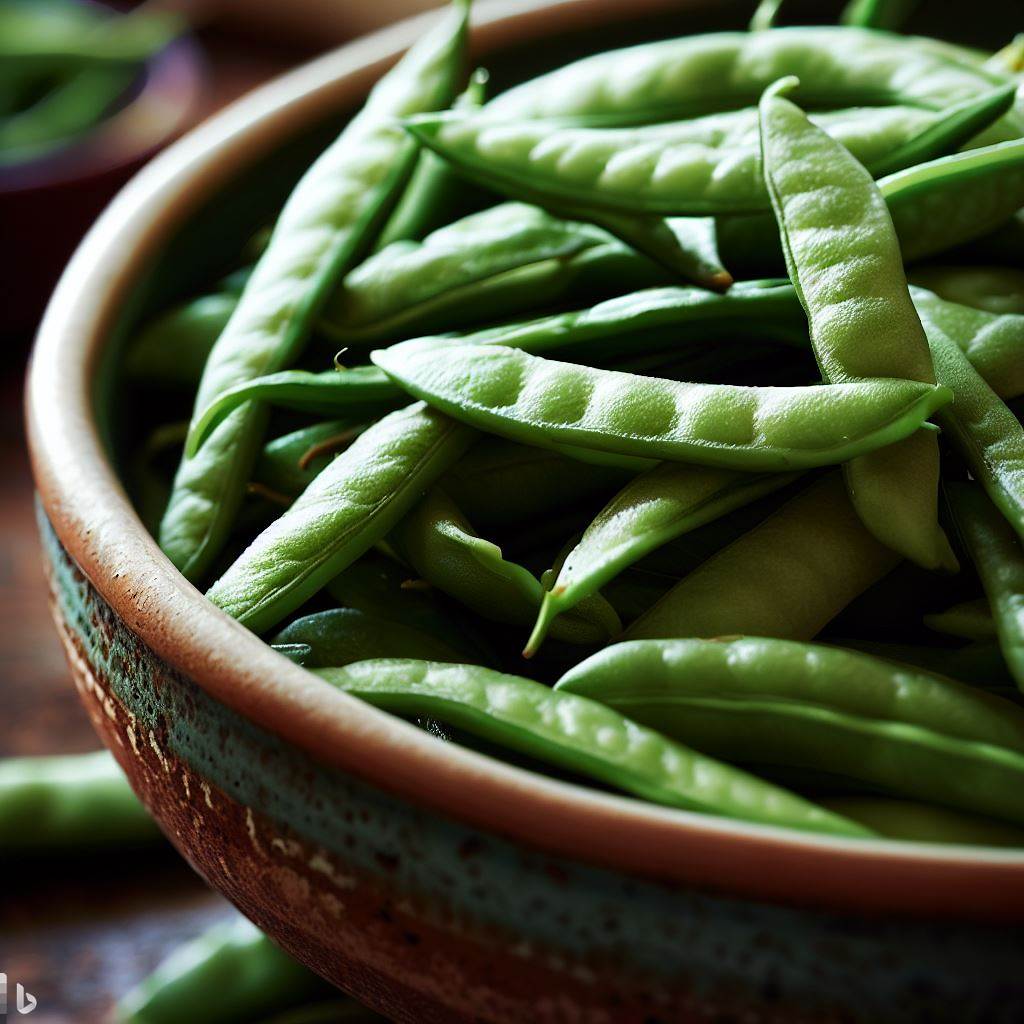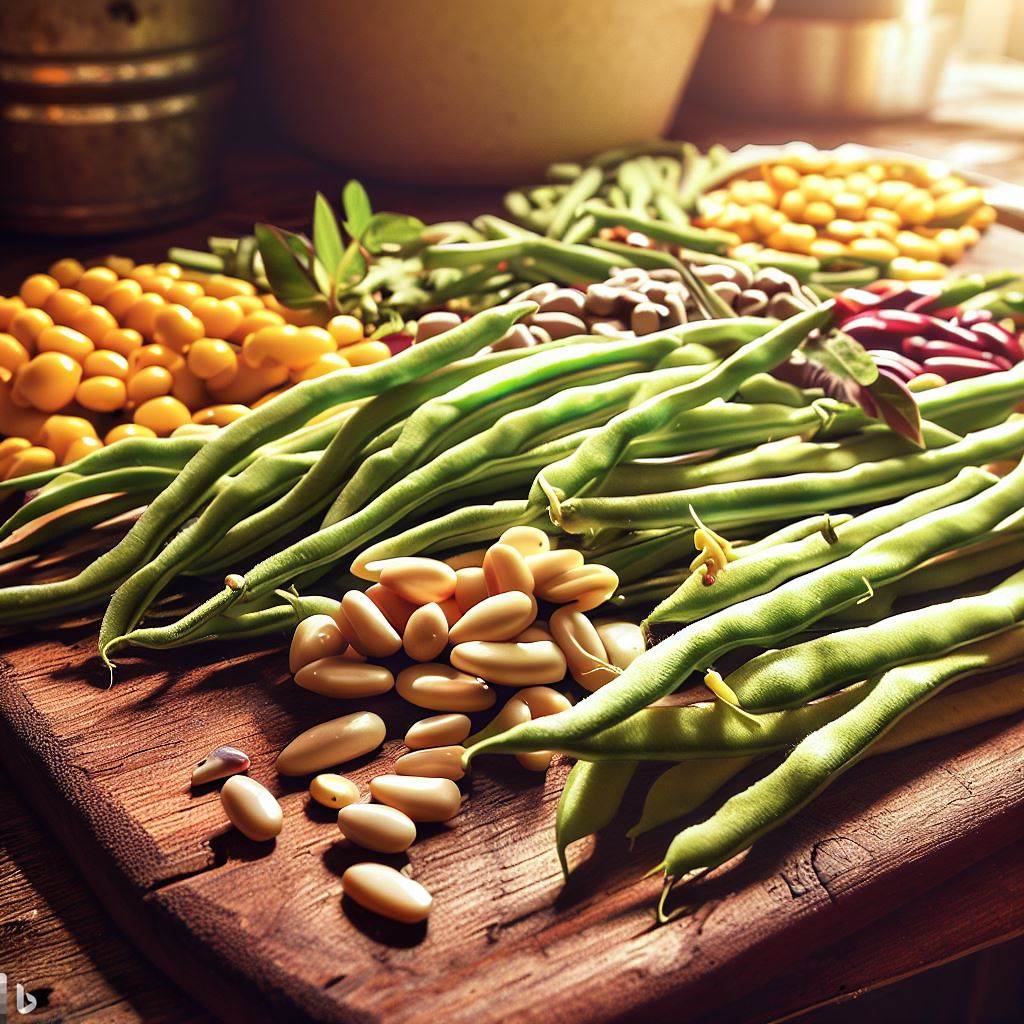If you’ve ever grown green beans, you’ll know that harvest time can feel like a bean bonanza. One day, you’re admiring the flowers on your bean plants, and the next, you’re staring at a mountain of fresh, crisp beans.
At this stage, you have two options: you can eat them all at once (definitely worth considering), or you use one of the methods below that explain how to store fresh picked green beans for short and long term.

Methods of Storing Fresh Picked Green Beans
Green beans are a nutritional powerhouse, packed with vitamins A, C, and K, as well as fiber and folate. By storing them properly, you preserving these nutrients.
There are several storage methods that you can choose from, each with its own benefits.
🌱 Bean Brief: Always label your stored beans with the date. 🌱
Refrigeration
Refrigerating your green beans is the quickest and easiest method of storage.
- Rinse your green beans in cold water to remove any dirt or debris.
- Pat them dry with a clean towel.
- Place them in a plastic bag, but don’t seal it completely. Leaving a small opening allows for air circulation.
- Store the bag in the crisper drawer of your refrigerator.
- Green beans stored this way should last for about a week.
Freezing
Freezing is a great option if you want to store your green beans for several months. Here’s how:
- Rinse and dry your green beans.
- Trim the ends and cut them into your desired length.
🌱 Bean Brief: Use a sharp knife to trim beans, to avoid bruising. 🌱
- Blanch the beans by boiling them for 3 minutes, then immediately cooling them in ice water.
- Drain the beans and pat them dry.
- Spread them out on a baking sheet and freeze them.
- Once frozen, transfer the beans to a freezer-safe bag or container.
- Don’t pack them too tightly when freezing.
- Frozen green beans can last up to a year.

Canning
Canning is a bit more involved, but it allows you to store your green beans for up to a year without refrigeration. Here’s the process:
- Rinse and trim your green beans.
- Pack them into canning jars, leaving 1 inch of headspace.
- Pour boiling water over the beans, maintaining the 1-inch headspace.
- Wipe the rims of the jars, place the lids on, and screw on the bands.
- Process the jars in a pressure canner, following the manufacturer’s instructions.
🌱 Bean Brief: Canned green beans should be stored in a cool, dark place for optimal shelf life. 🌱
Drying
Drying your green beans allows you to store them indefinitely, and they take up very little space. Here’s how:
- Rinse and trim your green beans.
- Cut them into 1-inch pieces.
- Spread the beans out on a dehydrator tray.
- Dehydrate at 125°F for 6-12 hours, or until the beans are brittle.
- Store the dried beans in an airtight container in a cool, dark place.
Different Types of Green Beans and Their Uses

Green beans come in a variety of shapes and sizes, each with its own unique flavor, storage needs, and culinary uses.
Snap Beans: These are the classic green beans most of us are familiar with. They’re crisp, sweet, and perfect for everything from salads to stir-fries. Snap beans store well in the refrigerator, but can also be canned or frozen for longer storage.
Haricot Verts: These are a thinner, more delicate variety of green bean. They’re tender and have a slightly more complex flavor than snap beans. Haricot verts are best stored in the refrigerator and used within a week.
Romano Beans: Also known as Italian flat beans, these are wider and flatter than snap beans. They have a robust flavor and a meaty texture, making them great for hearty dishes. Romano beans can be stored like snap beans, but they also dry well.
Yellow Wax Beans: These are similar to snap beans, but yellow in color. They have a slightly grassier flavor and are great in dishes where you want a pop of color. Yellow wax beans can be stored and used just like snap beans.
I’d love to hear about your own experiences. Have you tried any of these storage methods? Do you have any other methods or tips? Feel free to leave a comment below.
Common Questions
Q: Can I freeze green beans without blanching them first?
A: While it’s possible to freeze green beans without blanching, I wouldn’t recommend it. Blanching helps to preserve the beans’ color, flavor, and nutritional value during freezing.
Q: Can I use dried green beans in the same way as fresh ones?
A: Dried green beans need to be rehydrated before use, which can change their texture. They’re great in soups and stews, but might not work as well in dishes that call for fresh beans.
Q: How can I tell if my stored green beans have gone bad?
A: Green beans that have gone bad may become slimy, develop a strong odor, or show signs of mold. It’s best to discard them.
Q: Can I store green beans with other vegetables?
A: Yes, but be aware that some fruits and vegetables, like apples and tomatoes, give off gases that can speed up the ripening process of other produce.
Q: Do green beans lose their nutritional value when stored?
A: Some nutrient loss can occur during the storage process, especially with methods like canning and drying. However, if done properly, these methods can still preserve most of the nutritional value of the beans.
Q: Can I store cooked green beans, and if so, how?
A: Yes, cooked green beans can be stored in the refrigerator for 3-5 days. Make sure they’re cooled before storing, and keep them in an airtight container.

[…] cucumbers, it’s important to replenish these nutrients. This can be done by planting a green manure crop like broad beans or by adding compost or well-rotted manure. By understanding the impact of cucumbers on soil […]